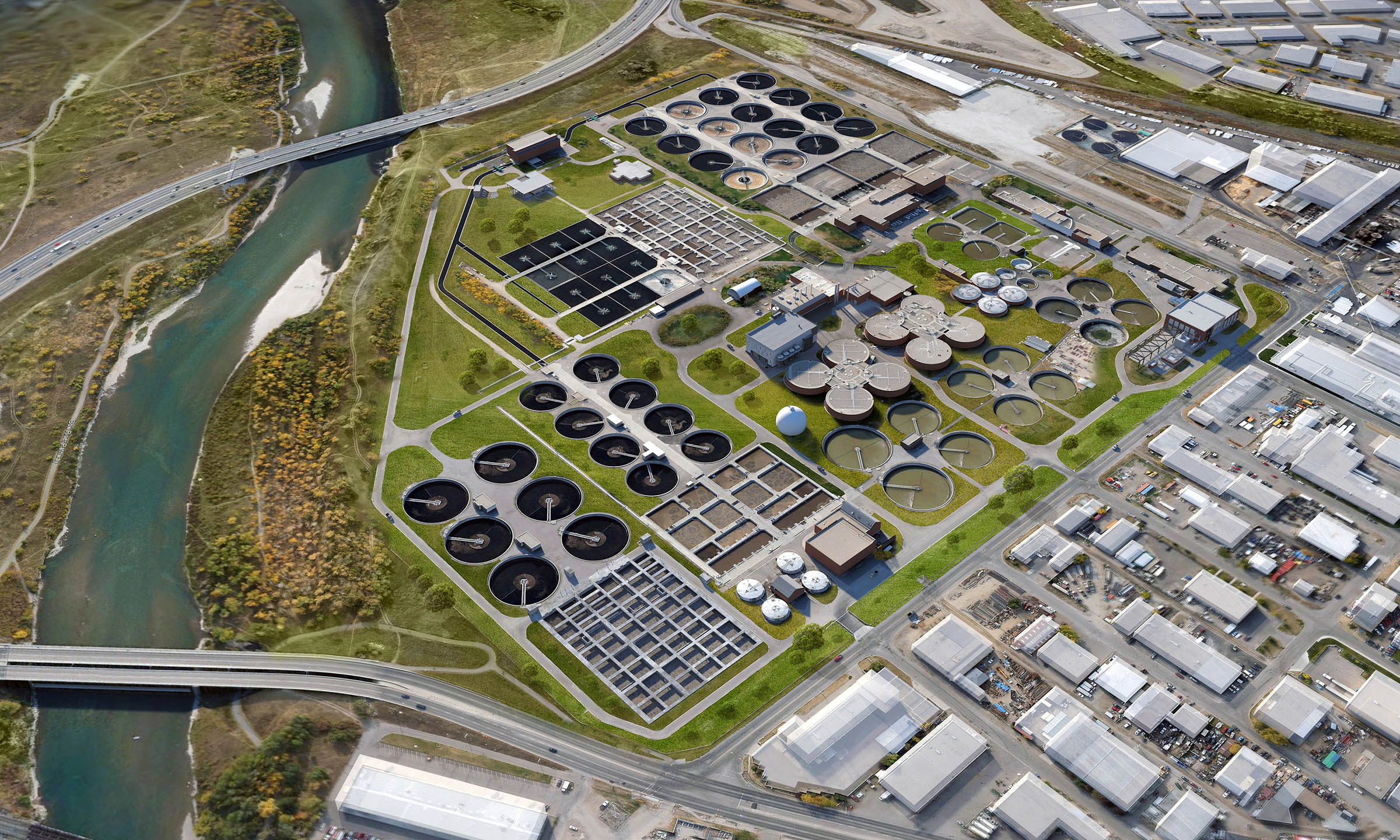Strategic Approaches to Boost Waste Water Treatment Performance and Minimize Environmental Influence
In the realm of waste water treatment, the pursuit for improved efficiency and reduced ecological effect is a perpetual challenge that requires critical options. The combination of sophisticated therapy innovations, energy-efficient processes, source recovery strategies, boosted nutrient removal techniques, and clever surveillance and control systems stands for a diverse structure for resolving these pushing worries.
Advanced Therapy Technologies
Cutting-edge membrane filtration systems have revolutionized advanced wastewater therapy processes, dramatically improving the removal of contaminants. These innovative systems work forcibly water through a semi-permeable membrane layer, efficiently dividing impurities from the water stream. The membrane's tiny pores catch toxins such as bacteria, viruses, and put on hold solids, permitting only purified water to travel through. This modern technology has actually shown to be very reliable in removing a variety of pollutants, consisting of drugs, heavy metals, and natural compounds, which are typically challenging to eliminate with typical therapy approaches.
Moreover, membrane layer filtration systems offer many benefits over standard therapy strategies. They call for much less room, produce higher-quality effluent, and are much more resistant to changes in influent water high quality. In addition, these systems are very functional and can be quickly integrated into existing therapy plants or utilized as standalone units for decentralized applications. As the need for clean water continues to rise, the fostering of innovative membrane purification innovations is vital to ensure lasting and effective wastewater treatment methods.
Energy-Efficient Processes
The integration of energy-efficient procedures in wastewater therapy systems is important for maximizing source usage and reducing functional costs. By carrying out energy-efficient technologies, therapy plants can substantially decrease their carbon footprint and overall environmental effect. One essential strategy to improving energy effectiveness in wastewater therapy is the usage of innovative aeration systems, such as great bubble diffusers or surface area aerators, which can enhance oxygen transfer performance and minimize power consumption. Furthermore, including energy healing systems, like anaerobic food digestion for biogas production or using excess warm for thermal procedures, can assist balance out power demands and advertise sustainability.
Moreover, optimizing procedure control and automation with making use of innovative sensing units and checking systems can boost overall power efficiency by adjusting procedures in real-time based upon actual need and conditions. Implementing energy audits and regularly keeping an eye on power efficiency indications are necessary methods to recognize locations for improvement and track energy-saving efforts efficiently. Overall, the adoption of energy-efficient processes in wastewater therapy not just benefits the atmosphere yet also adds to long-term price savings and operational sustainability.
Source Recovery Strategies
With a focus on maximizing source use and sustainability in wastewater therapy systems, the implementation of resource recuperation methods arises as a critical facet in enhancing operational effectiveness. Resource recuperation strategies in wastewater treatment entail the recognition and removal of useful sources from the waste stream, consequently turning what was as soon read this as taken into consideration waste into a beneficial asset. By executing resource recuperation methods such as nutrient elimination and healing, energy generation from raw material, and the production of reusable water, wastewater treatment plants can minimize environmental influence while making the most of efficiency.

Boosted Nutrient Elimination Methods
Executing advanced nutrient elimination strategies is necessary for enhancing the effectiveness of wastewater treatment systems. Boosted nutrient elimination plays a vital function in lessening the environmental impact of treated effluent released right into water bodies. Among the essential methods used for enhanced nutrient elimination is the procedure of biological nutrient removal (BNR), which entails the removal of nitrogen and phosphorus via biological processes. This can be attained with making use of specialized microbes that can convert nitrogen substances into inert nitrogen gas via denitrification, and gather phosphorus within their cells through a procedure called improved organic phosphorus removal (EBPR)

In enhancement to BNR, advanced therapy click over here methods such as membrane layer bioreactors (MBRs) and created wetlands can additionally be utilized to improve nutrient removal effectiveness. By integrating these sophisticated nutrient removal techniques into wastewater therapy municipalities, industries and systems can effectively lower nutrient air pollution and secure the atmosphere.
Smart Surveillance and Control Equipment
Using sophisticated technology, the combination of smart monitoring and control systems revolutionizes the operational efficiency of wastewater treatment facilities. These systems incorporate advanced sensors and information analytics to continually keep track of crucial criteria such as pH degrees, turbidity, dissolved oxygen, and flow prices in real-time. By accumulating and analyzing this data, drivers can get useful insights into the performance of the treatment procedures, making it possible for proactive modifications to optimize therapy efficiency.
Smart surveillance and control systems likewise sustain remote surveillance capabilities, permitting operators to accessibility real-time data and control features from off-site places. This remote availability enhances functional flexibility and responsiveness, making it possible for quick interventions in situation of system malfunctions or variations in influent high quality. The predictive maintenance abilities of these systems assist protect against equipment failures and lessen downtime, inevitably improving the general integrity of wastewater treatment procedures.
Verdict
To conclude, strategic methods such as innovative therapy technologies, energy-efficient processes, source recovery strategies, improved nutrient removal methods, and clever surveillance and control systems play an important function in improving wastewater therapy performance and reducing environmental influence. By implementing these techniques, wastewater treatment plants can boost their total efficiency, minimize power usage, recuperate beneficial sources, and guarantee compliance with ecological regulations. These methods are necessary for lasting and effective wastewater administration techniques.

In conclusion, strategic techniques such as advanced therapy modern technologies, energy-efficient processes, source recovery approaches, improved nutrient elimination techniques, and clever monitoring and control systems play an essential duty in improving wastewater therapy performance and reducing ecological impact.